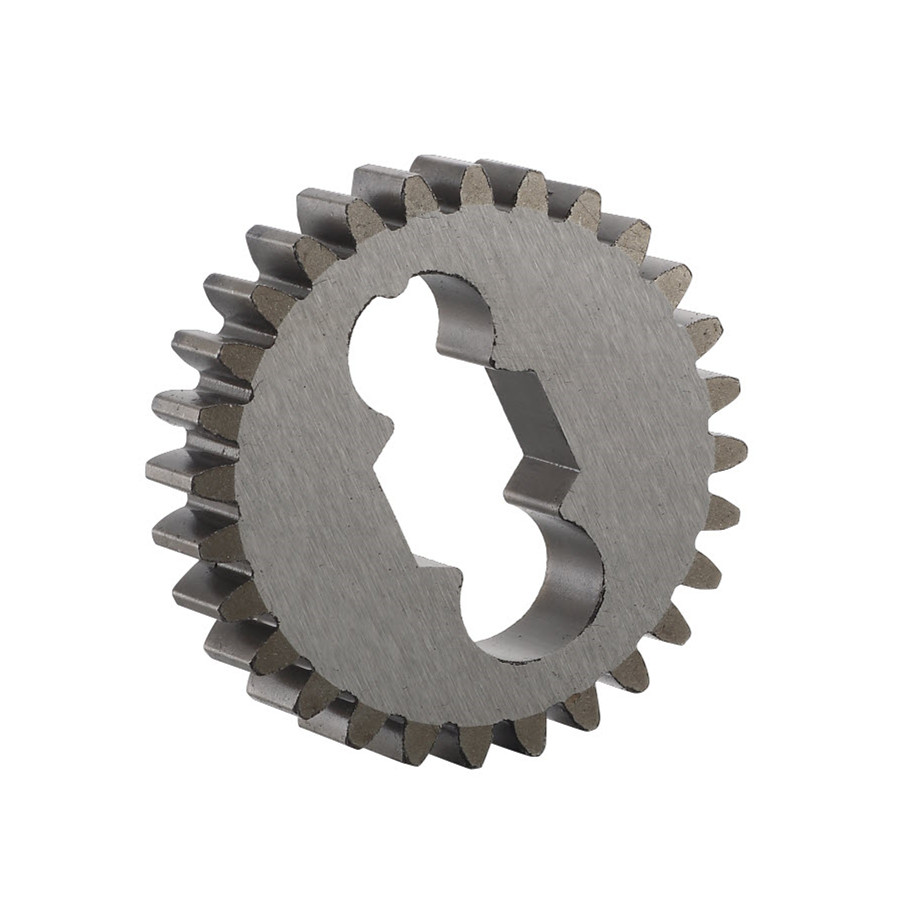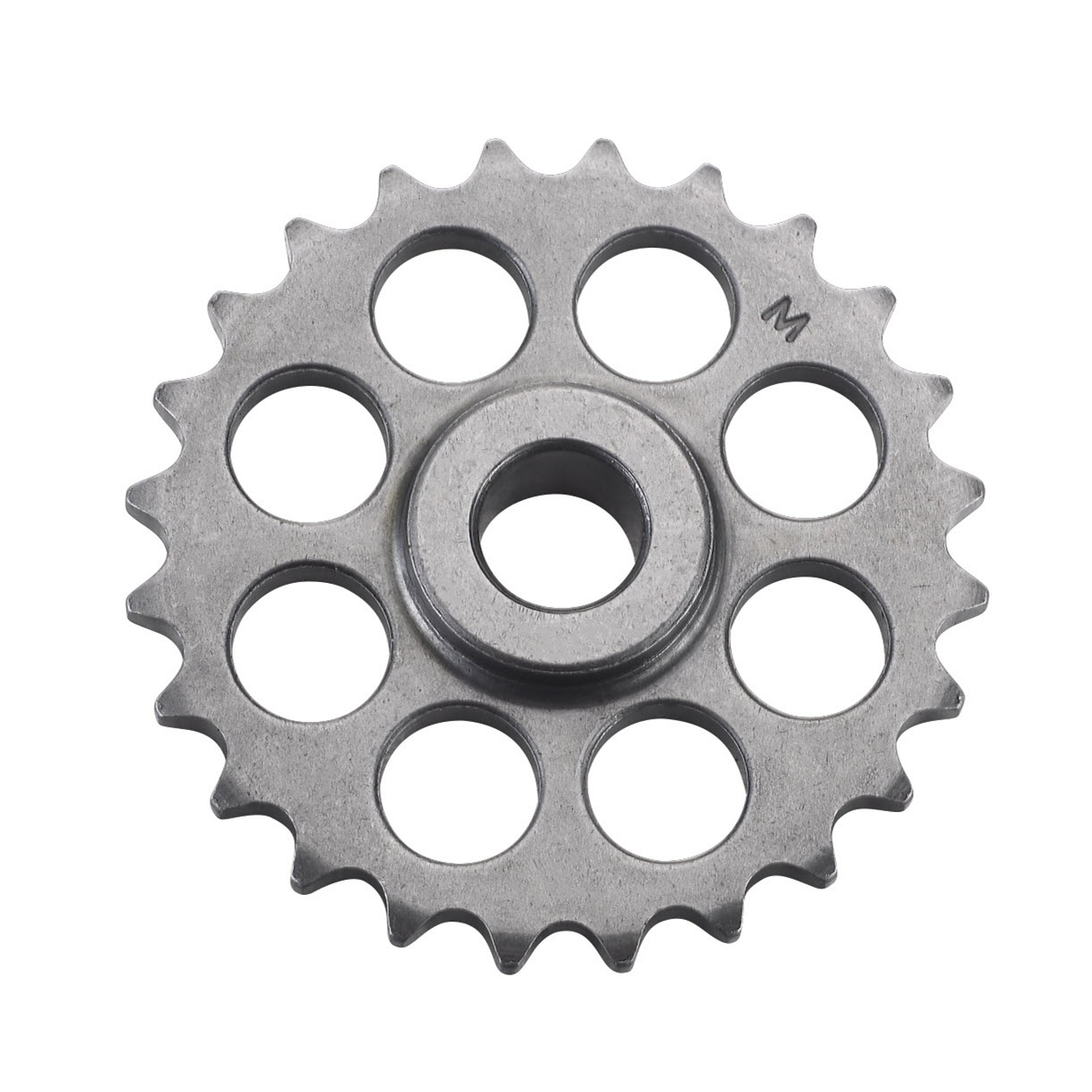
The internal combustion engine of a car produces power […]
The internal combustion engine of a car produces power from a fuel-air mixture. The cylinder is made from cast iron or steel. The cylinder head is the top portion of the cylinder. It seals the air-fuel mixture inside the engine allowing it to burn and expand. The flanges of the exhaust manifold connect the engine to the manifold. The cylinder head is a complex piece of metal that has several parts.
A piston is a cylindrical plug that slides up and down within a cylinder. It converts pressure energy from the combustion of fuel into mechanical power. The piston is connected to the crankshaft by a connecting rod. A cylinder has three or five piston rings to ensure a good seal. The quality of a piston is critical to the efficiency of an engine. A piston is usually made of cast iron or an aluminum alloy.
The exhaust manifold, which is made of stainless steel or cast iron, collects the exhaust gas from the cylinder and delivers it to the exhaust pipe. The construction of the exhaust manifold is the same as the inlet manifold, and the two pieces connect to each other. Both the inlet and the exhaust valve regulate the charge that enters the engine. These two valves are connected to each other.
A cylinder head consists of a piston and a crankshaft. The piston is at the top of the cylinder, while the crankshaft is at the bottom. Both are connected by a connecting rod. The exhaust manifold and the intake manifold are discussed above. A piston in a petrol engine slides in a reciprocating motion, which transfers the mechanical energy to the crankshaft. The fuel-air mixture is sucked into the cylinder during the suction stroke.
The cylinder head is above the cylinder block, containing the spark plug, inlet and exhaust valves, and a connecting rod. The cylinder head is made from cast iron, but other materials can be used. Petroleum engines use an inlet valve, a nozzle, and a valve. The inlet and exhaust ports are connected by a connecting rod. The cylinder head and the piston are connected by a gasket, which is made of steel or a metal alloy.
The cylinder is the most important component of the engine. The cylinder contains the piston, which moves up and down in the cylinder. The piston is a ring-shaped piece of metal that maintains a good seal between the piston and the corresponding atoms of fuel. The cylinder head is also a key part of the cylinder. The cylinder is the heart of the petrol engine. The cylinder is the heart of the combustion process, and the cylinder is connected to it by a connecting rod.
